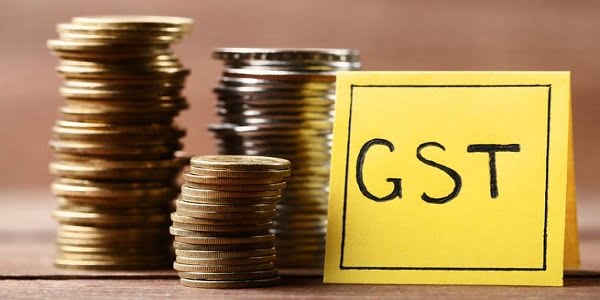Two sides of the same coin are at play in the controversy over the GST on necessities.

When provided as “pre-packaged and labeled” goods, such as pulses, rice, cereals, etc., the GST council suggested a charge at the rate of 5%. This recommendation was made during its 47th meeting. On July 18, 2022, these modifications will take effect.
Previously, these goods could only be provided if they were branded and packaged in a unit container. The difference between branded and unbranded goods has been eliminated to include all pre-packaged and labelled goods within the GST umbrella, even if they lack a unit container and are unbranded. It is important to remember that this change only applies to pre-packaged goods that fall under the Legal Metrology Act, 2009’s definition of “pre-packed commodity.”

The imposition of GST on necessities like pulses, cereals, and rice has sparked outrage that it would increase costs and hurt the average person. This point of view becomes more significant, especially in light of the current economic climate’s high fuel and daily-consumables inflation rates, which have had an impact on household budgets.
The following points need consideration in this context: First off, the Legal Metrology Act covers the only products for which these adjustments are made, and the majority of those products are already being sold under their brand names after paying GST. Therefore, unlike the recent windfall tax on fuel, it is unlikely to result in any appreciable increase in revenue collections.
On the contrary, the Hon’ble Union Finance Minister highlighted that there were worries about income leakage since some enterprises were abusing the exemption clause for unlabeled food goods by failing to register them. This is what prompted the decision to end the exemption and bring pre-packaged and labelled food goods under the GST umbrella.
She went on to say that only the mechanisms of imposing GST on these commodities have changed, with no change in GST coverage save for two or three categories.

Second, any modifications to the GST may only be adopted with consent from the Centre and the States, based on a well-defined mechanism in the form of GST council recommendations. As a result, it is not a solo movie but rather one based on a greater consensus.
Thus, when viewed through this lens, the opposition from state governments is quite unexpected. Recently, Kerala’s Hon’ble Finance Minister stated that his state does not intend to charge GST on vital products sold in one-to-two kg packs by tiny businesses.
Any such exclusion will merely alter the broader framework of the GST, making it even more complex and increasing the likelihood of disputes and litigation. The GST has been in effect for five years, beginning in 2017. Overall, it has united the country as a single market. However, there are still numerous concerns that must be addressed.
The overhaul of the GST system has long been on the government’s agenda. Through multiple changes and amendments over time, the government has demonstrated considerable agility in meeting the needs of companies.

One issue that has yet to be solved is the numerous slab rates; keep in mind that there are no simple solutions. Given how GST evolved from the old Sales Tax, VAT, Central Excise, and Services Tax, the current system includes a plethora of slab rates against a backdrop of a Revenue Neutral Rate (RNR) of around 15.5 percent.
Many commodities, including services, presently come under the 18% slab rate. Some everyday products, especially branded and labelled goods, now come within the 5% slab rate, whereas there are other things where no GST is levied or collected.

Furthermore, we should not forget that expanding the tax net will continue to be a struggle for the government until a huge majority of society enters the tax net and follows the law in both text and spirit. This is evidenced by our country’s pitifully low tax-to-GDP ratio. Unless and until this occurs, it will be difficult to reduce direct tax and GST rates and simplify the GST slab rate structure.
It is not a challenge to simplify fiscal law in a country as vast as India, with various interests. As a result, it will be a lengthy and sluggish ride with frequent tussles.
Edited by Prakriti Arora




